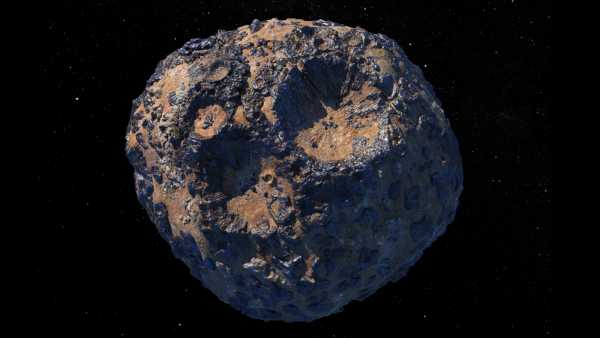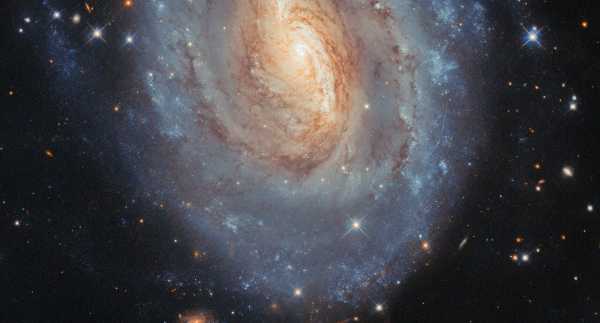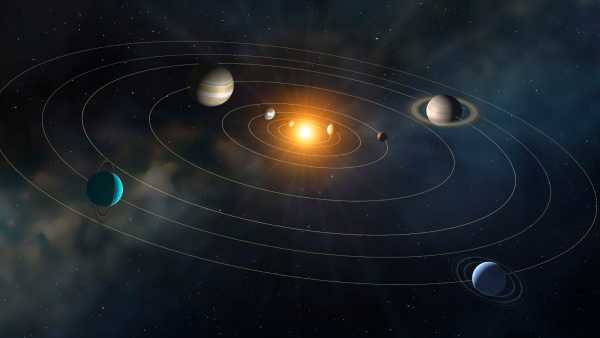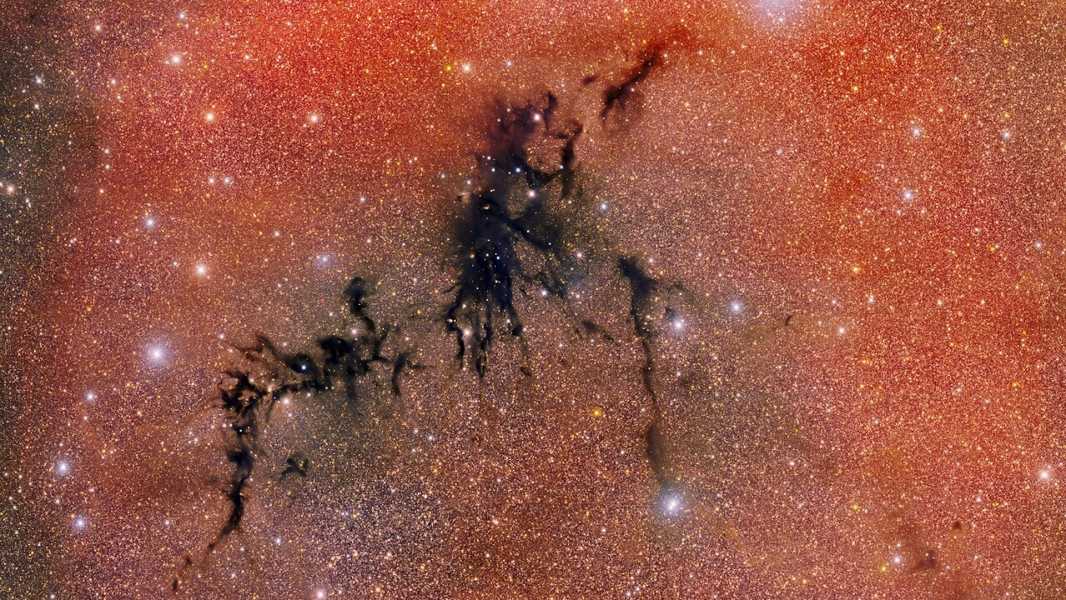
The Circinus West molecular cloud is a huge star-forming region located 2,500 light-years from Earth. The gas and dust in this cloud are so dense that it is opaque. (Image credit: CTIO/NOIRLab/DOE/NSF/AURA)
A battle between light and dark is unfolding in the constellation Circinus, and a new image from the National Science Foundation's Dark Energy Camera captures a pivotal moment in this cosmic struggle.
Known as the Circinus West molecular cloud, the dark black shape at the center of the image is a vast collection of star-forming gas located in the constellation Circinus, or Compass, about 2,500 light-years from Earth. Such objects are sometimes called “dark nebulae” because their density of gas and dust blocks light from getting through.
The dark cloud shown here spans approximately 180 light-years across, making it more than 60 times the size of our solar system and has a mass equivalent to 250,000 suns.
In such a dense and dusty region, the darkness cannot last forever; the Circinus West molecular cloud functions as an active stellar nursery, where cold, dense gas regularly contracts to give birth to new stars. In this image, the stellar nursery can be seen coming to life, with bright pinpoints of light indicating where newborn stars are beginning to spew out powerful streams of ionizing energy, breaking through the overwhelming gloom to emerge. Beyond the molecular cloud’s dark edges, a tapestry of distant stars casts an orange background glow.
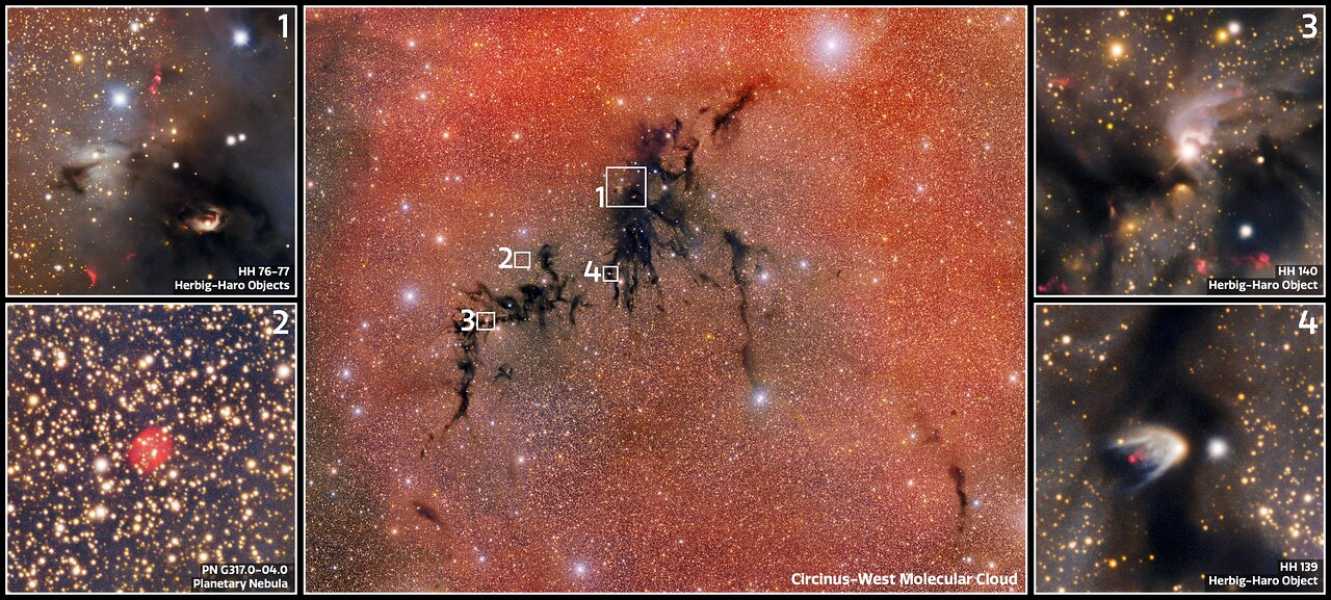
A larger version of the image shows several Herbig-Haro objects – active outbursts of young stars that illuminate the slowly moving gas around them.
The Dark Energy Camera, atop the Cerro Tololo Inter-American Observatory in Chile, is one of the most powerful digital cameras in the world. A more detailed view of the molecular cloud reveals more dramatic structures indicative of star formation, including a number of unusual pockets of light known as Herbig-Haro objects.
These zones are created when fast-moving gas ejected by young stars collides with slower-moving gas surrounding them. The gas heats up and is pushed outward, creating jets of colored radiation that resemble lightsabers. You can see several of these jets highlighted in the margins of the annotated image above.
As the young stars radiate energy, they gradually carve a path through the dark gas cloud that surrounds them, forming the jagged, tendril-like shapes seen here.
Sourse: www.livescience.com



